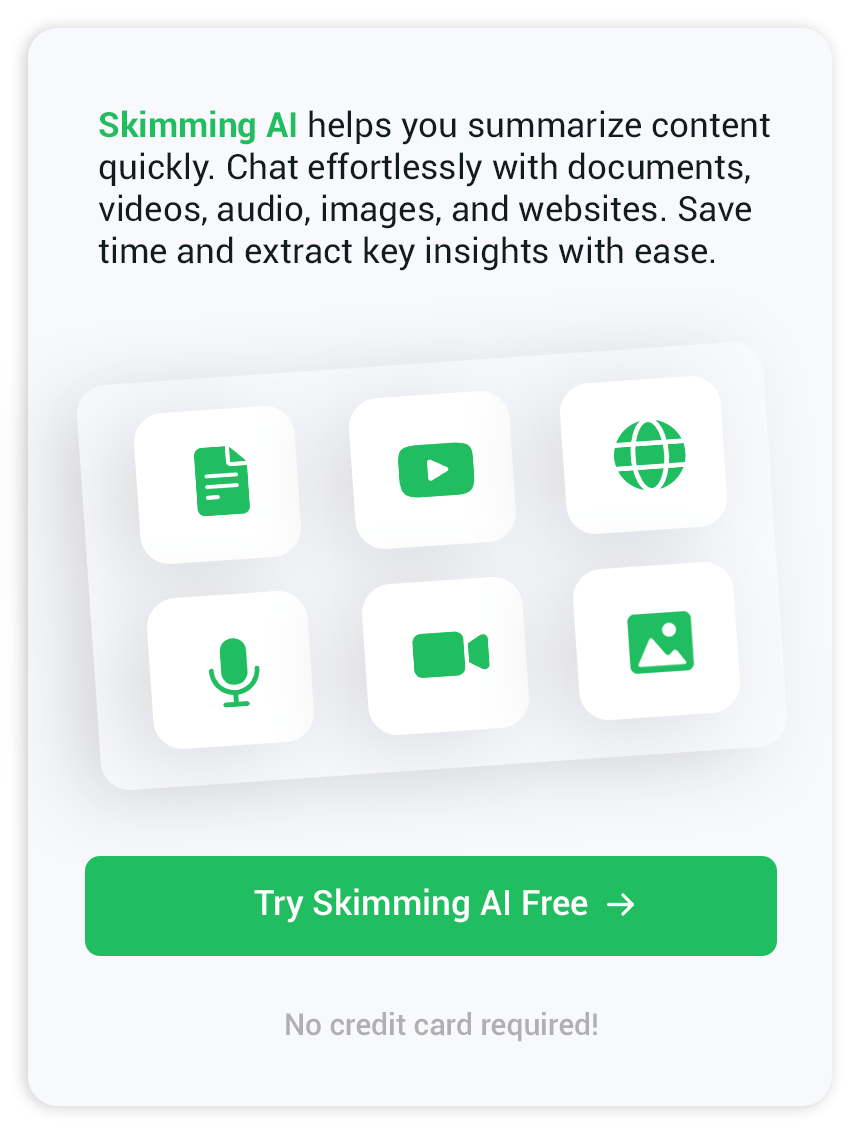Transcribing a YouTube Video for Accessibility, SEO, and Engagement
People watch billions of minutes of YouTube every day, yet many viewers read faster than they listen. When the spoken words sit beside the play-bar as clean text, a channel becomes searchable, sharable, and more welcoming. That single block of text also feeds blogs, newsletters, course handouts, and subtitle files. The guide below shows how transcribing a YouTube video turns each clip into a content engine.
Why text lifts every video
Accessibility invites new audiences.
Worldwide, more than 430 million individuals live with disabling hearing loss. A readable transcript gives them complete control over pace and context, and it helps second-language learners catch tricky phrases.
Search engines read what viewers cannot hear.
A transcript doubles as a long article that Google can crawl. Keywords inside the dialogue rank a channel page for queries that never mention the video title itself. That extra reach adds watch time as well as visits to any linked site.
Engagement climbs when viewers can skim.
Many viewers look for a single quote or stat. Scrolling through text to that moment beats dragging a progress bar for several minutes. The result is fewer bounces and more watch-throughs.
Built-in options already inside YouTube
Auto captions
YouTube generates captions automatically for most uploads. Opening the video, tapping the three-dot menu beneath it, and selecting Show Transcript reveals every line with timestamps.
Copying the transcript without timestamps
Inside the Transcript panel, the three-dot icon lets you toggle timestamps off. Selecting all, copying, and pasting into a document delivers a fast rough draft of your video to text.
Manual paths for extra polish
Google Docs voice typing
Playing the video inside one tab while running Google Docs Voice Typing in another captures speech in real time. This approach suits tutorials or interviews with minimal background noise. After capture, run a spell check and insert speaker names.
Editing a raw SRT file
The shifted-enter shortcut inside the Transcript pane copies timestamped lines. Pasting them into any text editor and saving with the .srt extension creates a subtitle file that you can upload again after revising spelling and timing.
AI-powered helpers for busy creators.
Growth-minded channels often release several videos per week. Manually fixing each caption line becomes tedious, so web apps have stepped in:
- Skimming AI YouTube summarizer and transcript tool provides instant text and a concise summary page.
- NoteGPT lets you process whole playlists and export as DOCX.
- TubeTranscript offers multilingual support and quick SRT download.
- Kome supplies a generous free plan covering 120 languages.
- Decopy captures live streams with speech recognition software.
Each service follows the same flow: paste the link, hit generate, and save the result. Skimming.ai stands out because it distills key points, easing cross-platform content reuse.
Choosing the right helper
Match clip length and audio clarity against quotas, language support, and export formats. A two-hour webinar may exceed a free tier, while a short tutorial slips through easily.
Best practices once the words are on screen
Add speaker labels
Interviews read better when each voice carries a label. Insert the speaker’s name followed by a colon before the first line.
Correct technical terms
AI-based speech recognition often stumbles on brand names and jargon. A quick pass fixes misheard words that might mislead viewers.
Keep timestamps consistent
Captions should split sentences naturally, roughly every two seconds. That pacing aids readability for closed captions and keeps the subtitle file in sync.
Using command line and developer tools for power users
YouTube Data API request
Developers holding an API key can pull captions as XML or SRT through the captions endpoint. The YouTube_transcript_api Python package fetches every track, perfect for migrating hundreds of clips.
Browser extensions that grab captions
Add-ons such as VideoTranscriber place a transcript pane next to the player and let you download the text with one click, saving trips to the three-dot menu.
Translation and multilingual transcripts
Automatic translation inside YouTube Studio
After uploading a primary SRT file, YouTube Studio offers Auto-Translate. Selecting a target language creates a synced draft for review.
External workflows
Export the English SRT, run it through DeepL, then polish it in Subtitle Edit or Aegisub. Localize jokes or idioms before uploading the new caption file.
Boosting on-page SEO with transcripts
Embed the transcript under the video.
Placing the text right below the embedded player lets search bots index every sentence while readers can glance at quotes without leaving the page. Wrap it in a <details> element to keep the layout tidy.
Add JSON-LD structured data.
Mark up the transcript as VideoObject with a transcript property to raise the odds of earning a rich snippet.
Integrating transcripts in video editing
Rough-cut editing with text
Editors using Descript or Adobe Premiere Pro Text-Based-Editing can drag the transcript timeline to remove sentences, trimming the review cycle.
Generating automatic chapters
Scripts that split the transcript into sections based on timecodes and topic keywords output a list ready for YouTube’s chapter feature, guiding viewers through the material.
Common pitfalls to avoid
Trusting auto captions unquestioningly
AI-based models struggle with cross-talk, accents, and music beds. Always check the text against the audio, especially when numbers or brand names appear.
Forgetting contextual sounds
A good caption file describes laughter, applause, or on-screen text. These cues give deaf viewers context and create a polished watching experience.
Ready to publish your following transcript?
Transcribing a YouTube video puts accessibility, search potential, and shareability in the same package. Whether you lean on YouTube’s tools, manual techniques, or fast helpers like Skimming AI, the payoff is a richer experience for every viewer and a deeper content library for your channel.


